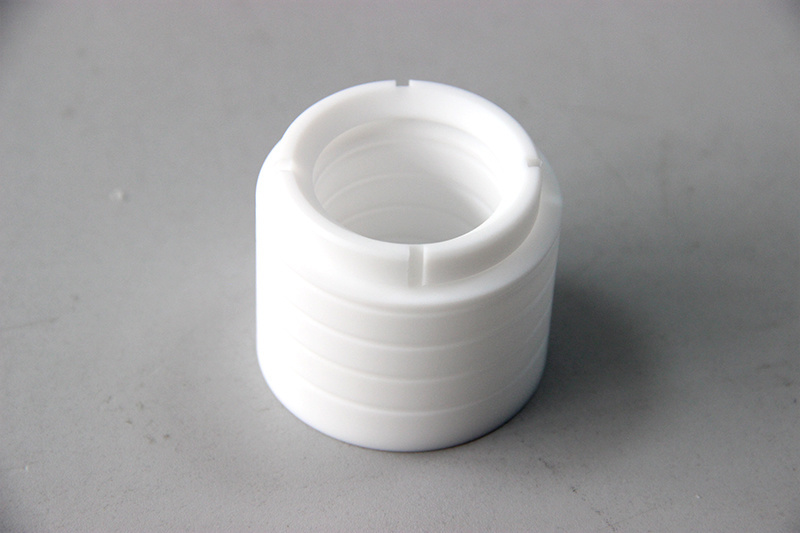Semiconductor storage method
Time:
2023-07-03 17:28
Source:
多行文本内容元素
富文本内容绑定数据后可解析HTML语言内容
In recent years, the rapid development and wide application of semiconductor technology have attracted much attention for the storage methods of semiconductor materials. The special properties of semiconductor materials determine their sensitivity to the environment, and if they are damaged or stored improperly, they can lead to serious losses. Therefore, scientific research institutions and enterprises have strengthened the custody of semiconductor materials to ensure their quality and stability.
The storage methods of semiconductor materials mainly include temperature, humidity and electrostatic control. First of all, for most semiconductor materials, a low temperature environment is a must. Low temperatures can reduce the mobility and chemical reaction rate of the material, thereby reducing the aging and damage of the material. At the same time, low temperatures can also reduce the conductivity of the material, reducing the generation and accumulation of static electricity. As a result, research institutes and companies often store semiconductor materials in low-temperature environments, such as freezers or specialized refrigeration equipment.
Secondly, humidity control is also an important part of the storage of semiconductor materials. Excessive humidity can cause condensation on the surface of the semiconductor material, resulting in a change in the electrical properties of the material. In addition, high humidity can accelerate the aging and corrosion of materials, reducing their service life. For this reason, research institutes and companies often use desiccant or humidity control equipment during storage and transportation to ensure that the humidity of the material is within the appropriate range.
Electrostatic control is also a key part of the storage of semiconductor materials. Semiconductor materials are sensitive to static electricity, and the generation and accumulation of static electricity can lead to damage to the material. Therefore, scientific research institutions and enterprises will take a series of measures in the process of operation and storage, such as the use of anti-static workwear, ground conductive materials and static eliminators and other equipment to reduce the impact of static electricity on semiconductor materials.
In addition to the above points, the storage of semiconductor materials also needs to be careful to avoid physical damage and chemical contamination. Protective packaging materials and containers are often used by scientific institutions and companies to ensure that semiconductor materials are not affected by external forces and chemicals during transportation and storage.
With the continuous development of semiconductor technology, the research on the storage methods of semiconductor materials is also deepening. Scientific research institutions and enterprises have increased investment in storage methods to improve the stability and reliability of semiconductor materials. At the same time, the relevant government departments have also strengthened the supervision of the storage of semiconductor materials, and issued relevant standards and specifications to ensure the quality and safety of semiconductor materials.
In summary, the storage method of semiconductor materials is an important issue in the field of science and technology. Scientific research institutions and enterprises need to pay attention to temperature, humidity, electrostatic control and other aspects in the storage process to ensure the quality and stability of semiconductor materials. In the future, with the continuous progress of semiconductor technology, the research on storage methods will continue to deepen, providing a more solid guarantee for the application and development of semiconductor materials.

Previous
Related News







